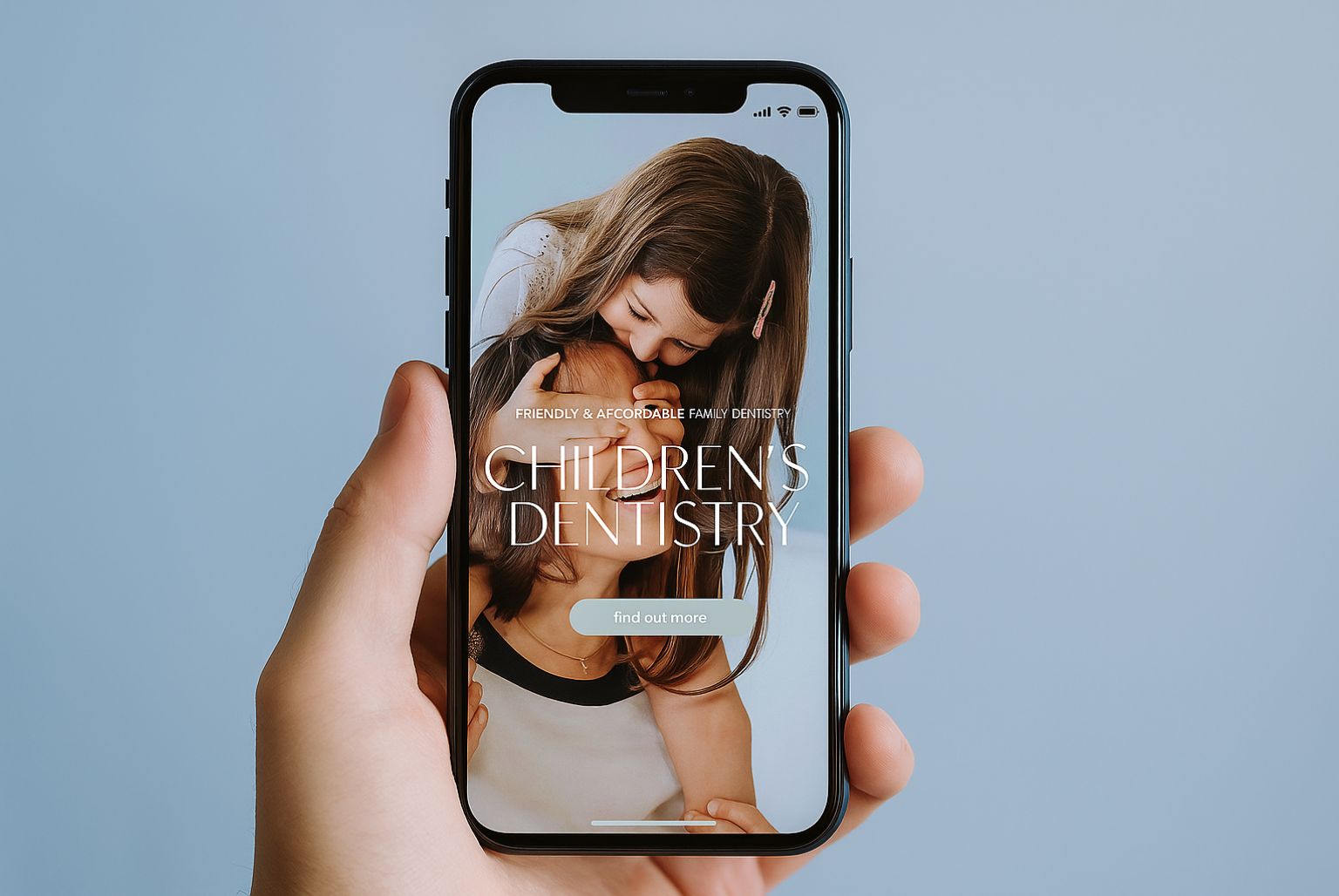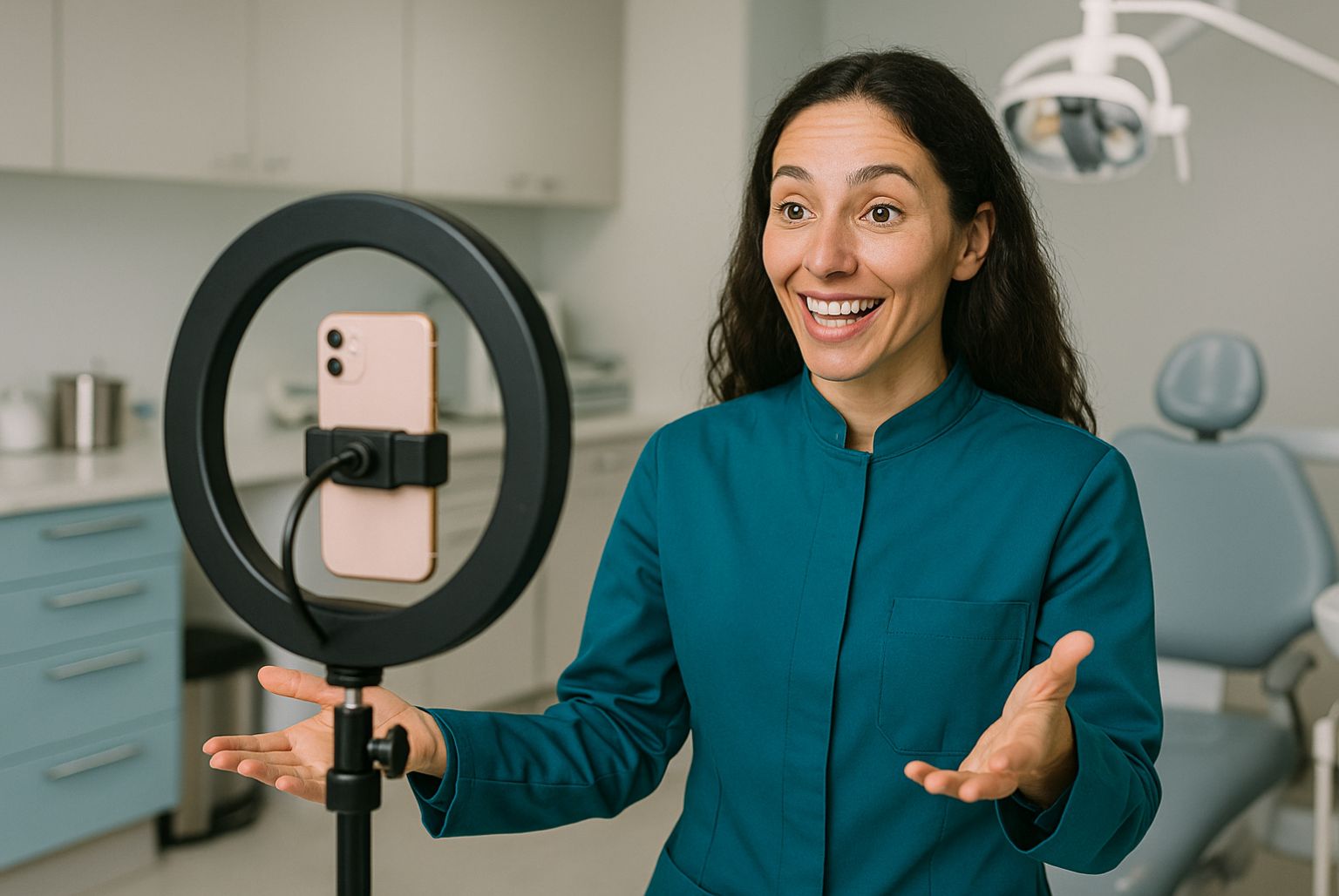If someone asked you to define your brand, could you? When was the last time that you identified your brand values or pinpointed what differentiates you from your competitors? Are you even sure what a brand is or, when you think of your brand, do you automatically think of your logo?
According to BusinessDictionary.com, “Branding aims to establish a significant and differentiated presence in the market that attracts and retains loyal customers”.
In other words, it’s not just a logo.
Without the right guidance, many practices and clinics spend far too much time and money thrashing out the details of their logo without fully recognising that a logo is simply one element of a brand that helps customers find them and identify them from others. Even the greatest logos are unlikely to create brand loyalty and repeat business, unless they serve to reflect the wider brand experience.
The most successful businesses are those that recognise that their true brand values lie in the emotions and experience behind their products and services. How you make your customers feel is central to your brand and this lies in your everyday responses, service, pricing, aftercare and quality.
Plot the patient brand journey
When working with a practice to build their brand, the first thing we do at H&P is to help our clients map out the linear process a new potential patient goes through to become an actual patient, and then a repeat patient. This is what we call the brand journey, which can be broken down into various touch points.
A patient’s brand journey is likely to begin with a visit to your website or a telephone or email enquiry to ask about treatments and their associated costs. Visits to the practice might include their initial consultation, treatment and aftercare appointments.
By plotting and understanding all the possible touch points of the brand journey, this ensures that you don’t miss an opportunity to think about what you really need to say, show or demonstrate to not only maximise your conversion rate but also your customers’ satisfaction.
How easy do you make it to buy from you? Do you address your customers’ pain points or their aspirations? What do you do to make a potential customer feel valued as an individual? Do you keep in touch with your clients after they’ve parted with their money for a procedure?
If you create a better experience for your customers, they will come back and tell their friends about it, bringing with them more business, greater profits and enduring success.
Be authentic and consistent
Consistency is essential to building a successful brand. Potential customers may find you via your website, direct marketing or one of the various social media platforms; they may also hear about you through word of mouth recommendations. Ideally, whatever form this first contact with your practice takes, every customer should come away with the same perception and experience of your brand.
To achieve this, your brand needs a distinctive and authentic tone of voice. It should also look and feel the same way whether your customers are reading your brochure or browsing your website. The strongest brands are recognisable at a glance.
Make a promise to your customers through your brand and stick to that promise. If you’re unsure what that brand promise should be, why not ask your existing customers what matters to them? Find out what it is about your practice that they value; ask them how they feel, what you do well or even what you could do better. By understanding your strengths, and building on areas that need improvement, it is easier to be authentic and deliver on your brand promise.
Repeat customers cost less than new ones
Numerous business studies have shown that bringing back existing customers costs much less than attracting new ones. By building a brand around emotions and experience, and being consistent at every touch point, you can nurture a strong sense of brand loyalty that will keep customers coming back to your practice.
Membership schemes, thank you cards, appointment reminders, aftercare, payment plans, etc., are also brand touch points that should reflect the ethos and values of your business.
Let your existing customers know that they matter. Feeling noticed and valued is an emotional response to which we can all relate.
Your brand is an asset
Taken in isolation, the visual representations of your brand have little tangible value. No matter how attractive or compelling your logo or letterhead is, neither is unlikely to be allocated a monetary worth in an independent audit of your business.
However, your brand as a whole does have monetary value, bringing extra worth to your practice above and beyond your physical assets. By creating customer loyalty through your brand, you can demonstrate a following of repeat customers who are prepared to pay a premium to buy from you. This ‘goodwill’ towards your practice and the potential for future sales is essential to growing a practice.
Make your brand aspirational
Ultimately, when you build your brand on emotions and experience, you can tap into some of our core human desires. People aspire to a better life, to being healthier, more attractive, wealthier, better educated, desirable, or to be cared for and connected with others. What we buy and who we buy from reflects how we want the world to see us. It also communicates our desire for a better life.
The most successful brands are aspirational. They promise something more, appealing to our emotions and our deepest desires. Ask yourself what you can do to be more consistent. How can you make things easier for your patients? How can you demonstrate the benefits of your products and services?
Stop thinking of your brand as a logo and start seeing it as an experience.
To discuss your branding, contact medical aesthetics design and marketing specialists, H&P design on 01159 140 640




